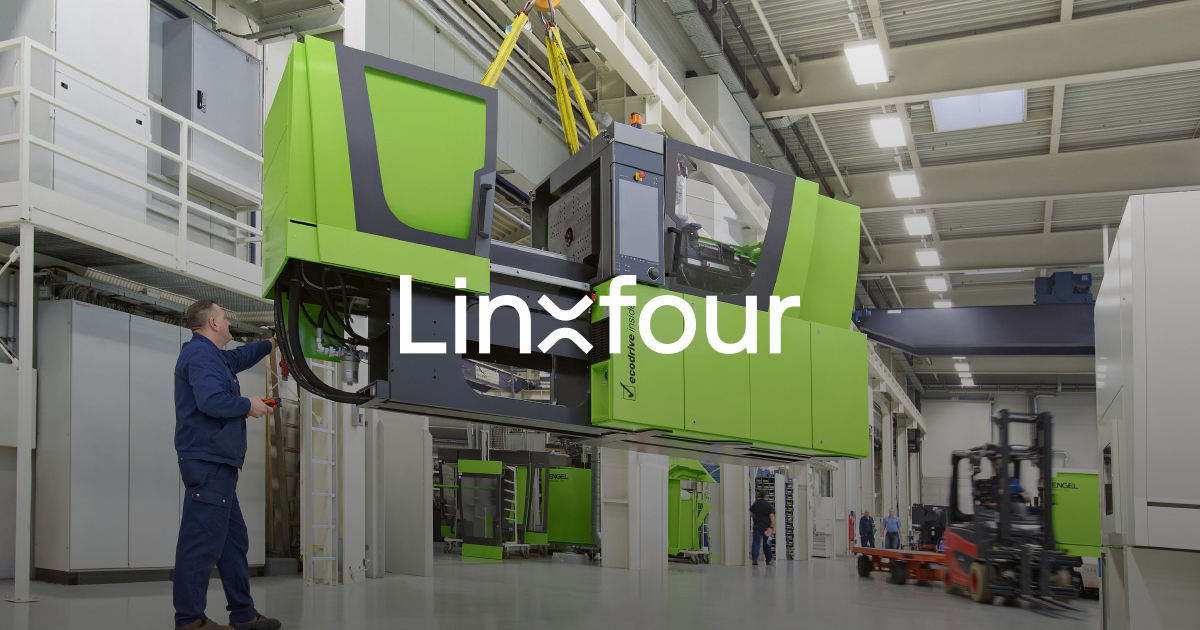In the ever-changing world of finance for manufacturing, the idea of Pay-per-Use Equipment Finance is emerging as an innovative force that is changing conventional models while providing unimaginable flexibility to businesses. Linxfour is leading the way, using Industrial IoT, to bring about a new age of financing that benefits both equipment operators and manufacturers. We examine the intricacies behind Pay Per Utilization financing and its effect on sales under challenging conditions.
The power of Pay-per-Use Financing
Pay-per-use financing is an innovation for manufacturers. Companies are no longer paying rigid fixed amounts instead, paying depending on how the equipment is employed. Linxfour’s Industrial IoT integrate ensures accurate usage tracking, which provides transparency. This eliminates costly penalties hidden in the event that equipment is not utilized to its maximum. This new approach provides more flexibility in controlling cash flow. This is especially crucial during times when customer demand is fluctuating and revenue is insufficient.
The impact on sales and business conditions
The general consensus is that Pay per usage financing has a lot of potential. Over 94% of the respondents believe that this method can improve sales, even in challenging business conditions. This ability to directly link costs to equipment usage will not only draw attention to businesses looking to maximize their expenditure, it also creates a desirable environment for manufacturers that can offer more attractive financing options for their customers.
Accounting Transformation: Moving From CAPEX to OPEX
One of the major differences between conventional leasing and Pay-per-Use financing is the accounting aspect. When you pay per use, companies undergo a major change by shifting their focus from capital expenses (CAPEX) to operating costs (OPEX). This transformation has important consequences for financial reporting providing a more accurate reflection of the costs that are of revenue production.
Unlocking Off-Balance Sheet Treatment under IFRS16
Pay-per-Use finance has an unique advantage as it is not a part of the balance sheet. This is an important element to be considered when designing the International Financial Reporting Standard 16 IFRS16. Companies can reduce their liabilities by converting their equipment finance costs. This reduces financial leverage and eases investment obstacles, which makes it attractive to companies looking for more flexible financial structures. Click here Equipment as a service
Integrating KPIs in the case of Under-Use
Pay-per-Use models, in addition to being off-balance sheet, aids in improving key performance indicators, such as free-cash flow and Total cost of ownership (TCO) especially when there’s an under-utilization. Lease models based on traditional methods can be problematic when equipment is not used according to the plan. Pay-per use allows companies to avoid the obligation of paying fixed fees for assets that aren’t being utilized. This can improve their overall performance and financial results.
Manufacturing Finance in the Future
Innovative financing models like Pay-per-Use have helped companies navigate an economy that is constantly changing. They also open the way for a future more resilient and adaptive. Linxfour’s Industrial IoT approach benefits not only equipment operators and manufacturers as well, but it also aligns with the trend of businesses looking for affordable and flexible financing solutions.
In conclusion, the integration of Pay-per-Use financing with the change in accounting treatment from CAPEX to OPEX and off balance sheet treatment in IFRS16, marks a significant shift in manufacturing finance. Businesses are striving for cost-effectiveness and financial flexibility. Adopting this new financing model is a necessity to keep ahead of the curve.


